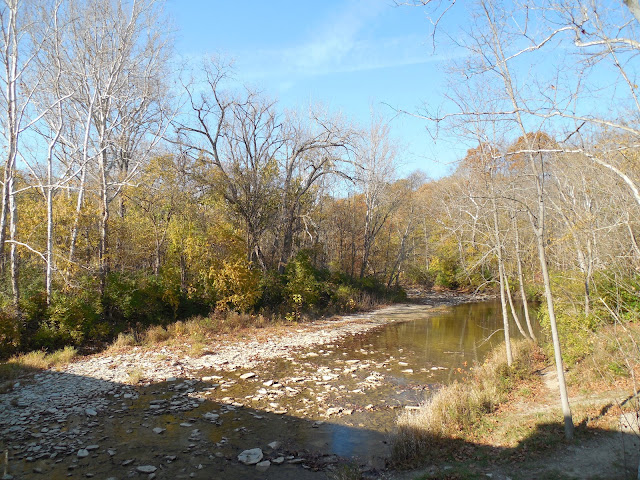One of eight covered bridges in Preble County, Ohio, the Hueston Woods Covered Bridge was built in 2012 to span over the Four Mile Creek at Hueston Woods State Park. The 108 foot long single span modified Burr arch truss designed covered bridge replaced a metal pony truss bridge at the same location on Camden College Corner Road, just a few miles east of the state line between Ohio and Indiana. A six foot walkway is located on each side of the bridge to allow for a safer area for pedestrian traffic, along with providing a scenic viewing area of the creek below.
The covered bridge was constructed at a cost of $1,997,500, is a brainchild of J. Stephen Simmons, who is a retired Preble County engineer. Simmons was instrumental in 2007 for enabling Preble County to receive most of the funding needed for the new covered bridge from the Federal Highway Administration, administered through the Ohio Department of Transportation. As the covered bridge is at a state park, it was decided that a covered bridge would make a nice attraction and addition to the park, so when it was determined that a new bridge had to be built, a covered bridge was selected to be built in place. A Burr truss design with an arch was chosen in homage to another covered bridge in Preble County, the Roberts Covered Bridge.
How to Get There:
Sources and Links:
Bridgehunter.com - Hueston Woods Covered Bridge 35-68-51
HistoricBridges.org - Camden College Corner Road Bridge
Hueston Woods Region Visitors Bureau - Covered Bridge
Hueston Woods Lodge & Conference Center - Covered Bridge
Journal-News (Butler County, Ohio) - New bridge rooted in ‘Burr’ history (June 18, 2012)






Comments